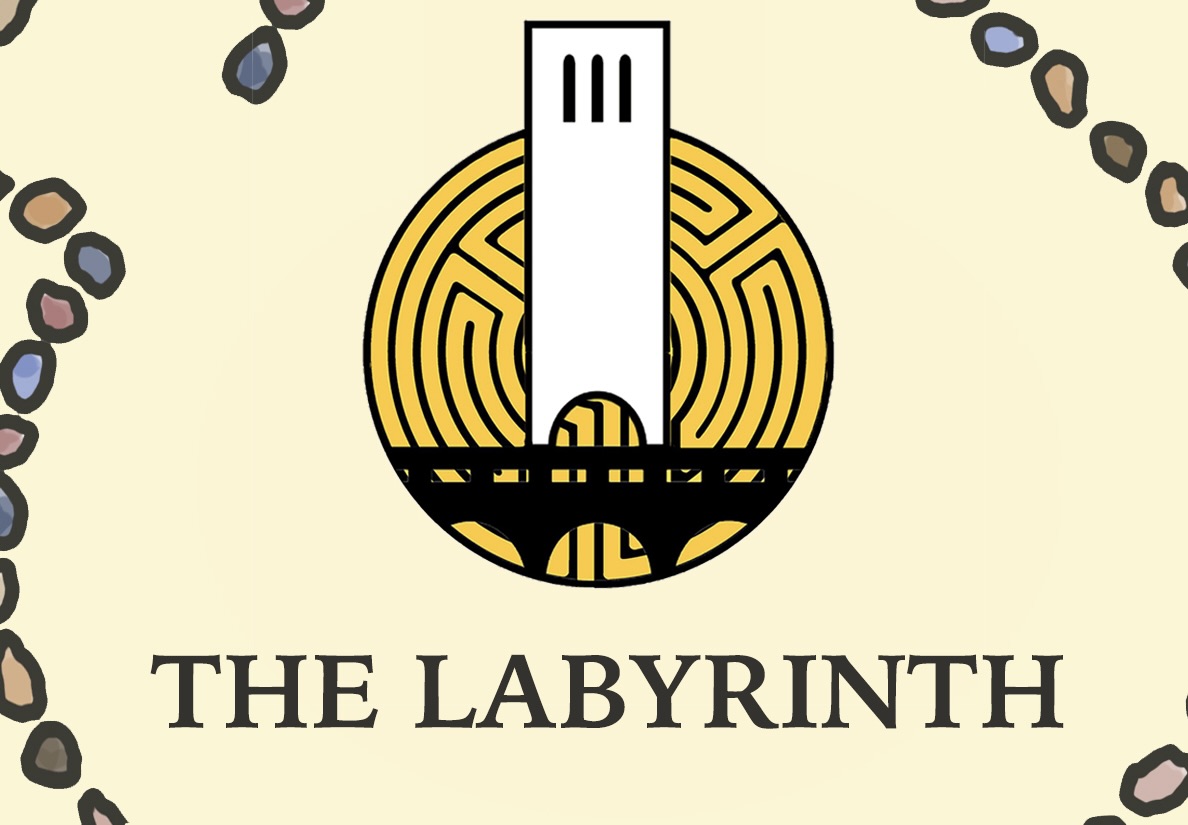
Katya Kiseleva / Daily Nexus
Stevia. Splenda. Equal. All are traditionally recognized as artificial sweeteners, found in every Starbucks and every Dunkin Donuts. But has anyone heard of oubli? This West African fruit is nature’s very own artificial sweetener, if you will. Oubli contains a soluble protein known as brazzein, which has a sweetness 500-2000 times that of sucrose, thus tricking primates into consuming it in large quantities in hopes of caloric compensation, without really lending any. Other naturally sweet plant proteins, such as thaumatin and monellin, fall in the same vein of trickery — the former of which has even been approved as a flavor and sweet enhancer. These proteins, like most things in nature, are no accident: they are a calculated evolutionary effort, planned alongside human evolution to take advantage of their inherent taste for sweetness and its association with caloric value.
However, for as much effort as was put in by nature to bring about these sweeteners, as little was put into their discovery and commercialization; not because scientists weren’t working around the clock to discover sugar substitutes, but because of the complex nature of sweetness detection.
On a molecular level, sweetness is detected by two different receptors in our tongues: T1R3 and T1R2. So long as a molecule can fit, like a “key” into the receptor “lock,” the taste of sweetness can be replicated binding the sugar and enzyme, producing chemicals that carry signals to the gustatory cortex, helping us perceive sweetness. This is how compounds such as saccharin and aspartame, found in Sweet’N Low and Equal, are able to mimic the effects of sucrose (table sugar).
Scientists have been hard at work in search of the perfect artificial sweetener since before the 1950s , mainly to reduce costs but also to protect consumer health and providing a “diet-friendly” zero calorie alternative. Replicating the latency (how long the sweet flavor lasts) and intensity of regular sugar without the caloric weight, however, has proved a difficult task. Because the exact shape which fits into the receptor enzymes has not yet been determined, it is impossible to single out compounds that will elicit this response. Furthermore, scientists cannot yet rule out the existence of other sweet taste receptors that may be interacting with these artificial sweeteners.
So, how do we even have the sweeteners we do now? Many were actually discovered by accident. Saccharin, for example, was discovered in 1878 by Constantin Fahlberg when he ate a bread roll without washing his hands after a day of laboratory work and found it to be remarkably sweet. Fahlberg rushed back to the lab to identify the source, thus discovering the first commercially viable alternative to cane sugar.
Unfortunately, some of the sweeteners the food industry has come to rely on have recently been found to cause detrimental effects to human health, which may outweigh their supposed health benefits. Aspartame (found in cereals and chewing gum) has recently been found to increase the risk of chronic anxiety and stroke in users and could even be passed onto future generations. Similar effects have been observed with overuse of sucralose as well, which only made its entry in the artificial sweetener market in the 1980s. A lesser evil of these sweeteners is also the slight bitter aftertaste that they often leave, as a result of binding of the artificial sweetener to both the sweet and bitter taste receptors.
Knowing the negative health effects brought about from commonly used sweeteners makes the search for other artificial sweeteners more pertinent than ever. The latest artificial sweetener, allulose, was found in 2015 and received FDA approval in 2019. A naturally occurring substance found in figs and raisins, allulose has yet to show any harmful effects, leaving scientists and users alike cautiously optimistic. Perhaps our future lies in our past, in naturally sweet plant proteins, which might become viable options once they are evaluated for toxicity and possible harmful effects, like allulose. Or, maybe there’s a compound just under our noses, waiting to be found.
One day, you might find oubli as a staple in your diet, or a similar fruit. Oubli lets us know that sweeteners can be formulated with purpose and intent, once the scientific key, the formula, to unlock the secret of sweetness reception is found. So, next time you visit your local cafe for a caffeine fix, remember that the colorful pink and blue packets of sweeteners are more than just happy accidents: they represent a new scientific frontier, full of possibilities and a sweeter future.
A version of this article appeared on p. 12 of the April 27, 2023 version of the Daily Nexus.
















Join this most wonderful and cool online home based job and start making more than $700 every day. I made $24583 last month, which is incredible, and I strongly encourage you to join and begin earning money from home. Simply browse to this website now for more information.
.
.
.
For Details►—————————➤ https://EarningDoors1.blogspot.Com
Brazzein is in its early stages of commercialisation, with at least five companies including our company, Sudhin Bio, are manufacturing it through synthetic biology and precision fermentation at smaller scales currently to test the consumer acceptance of this natural high intensity sweetener protein.